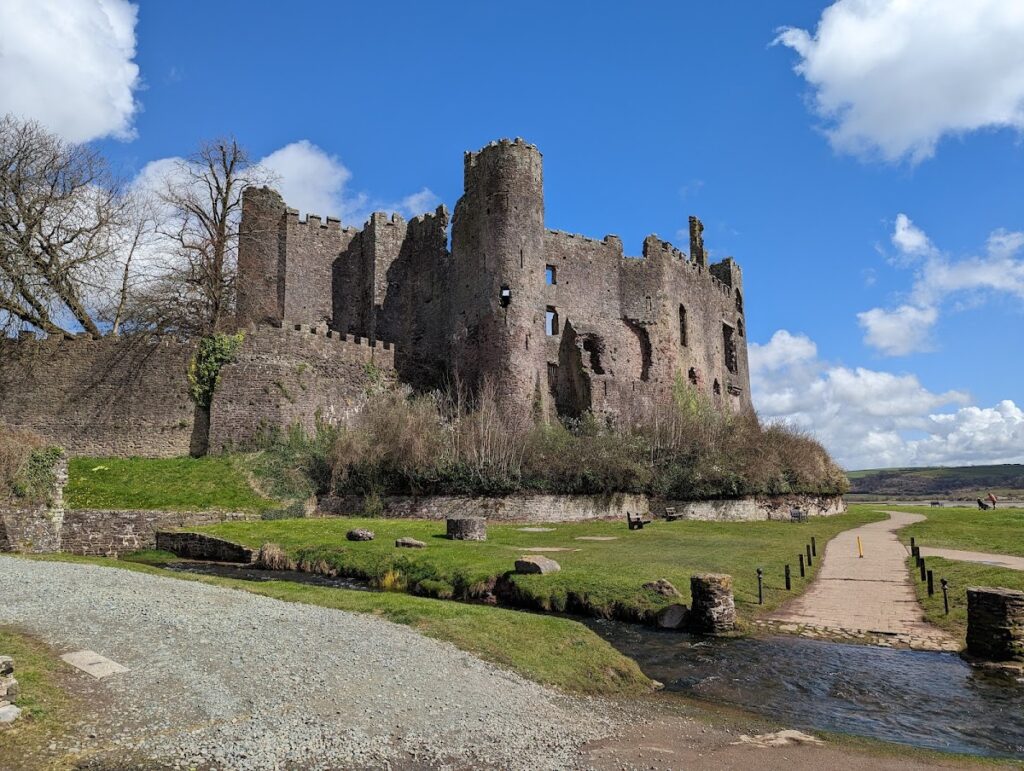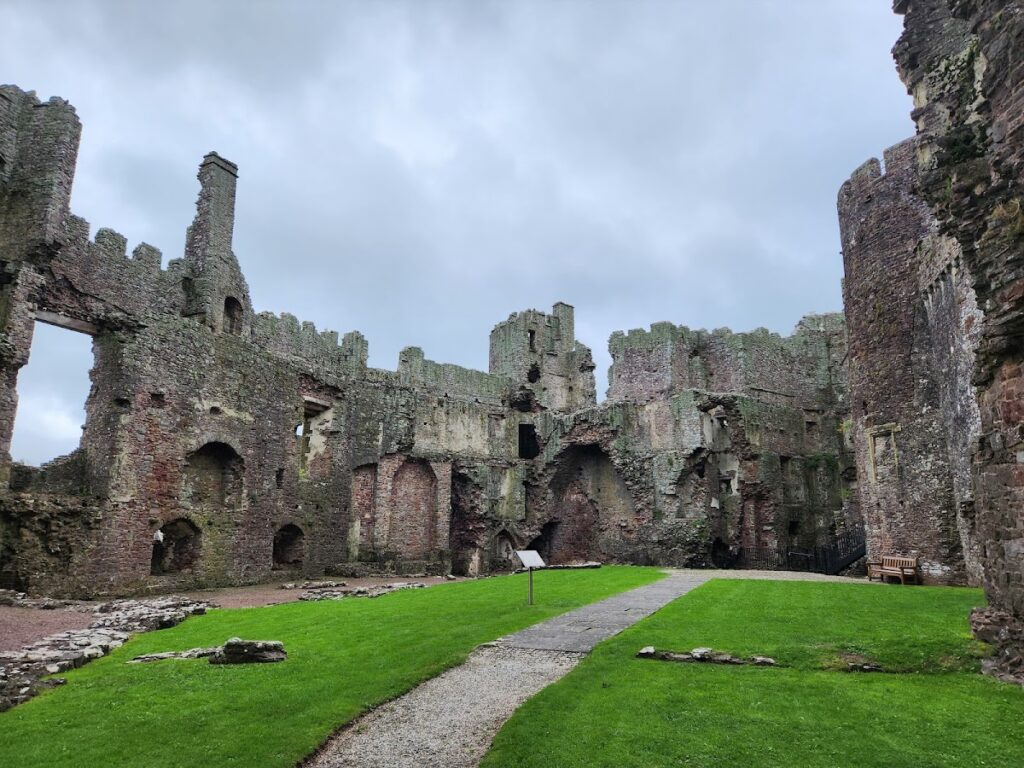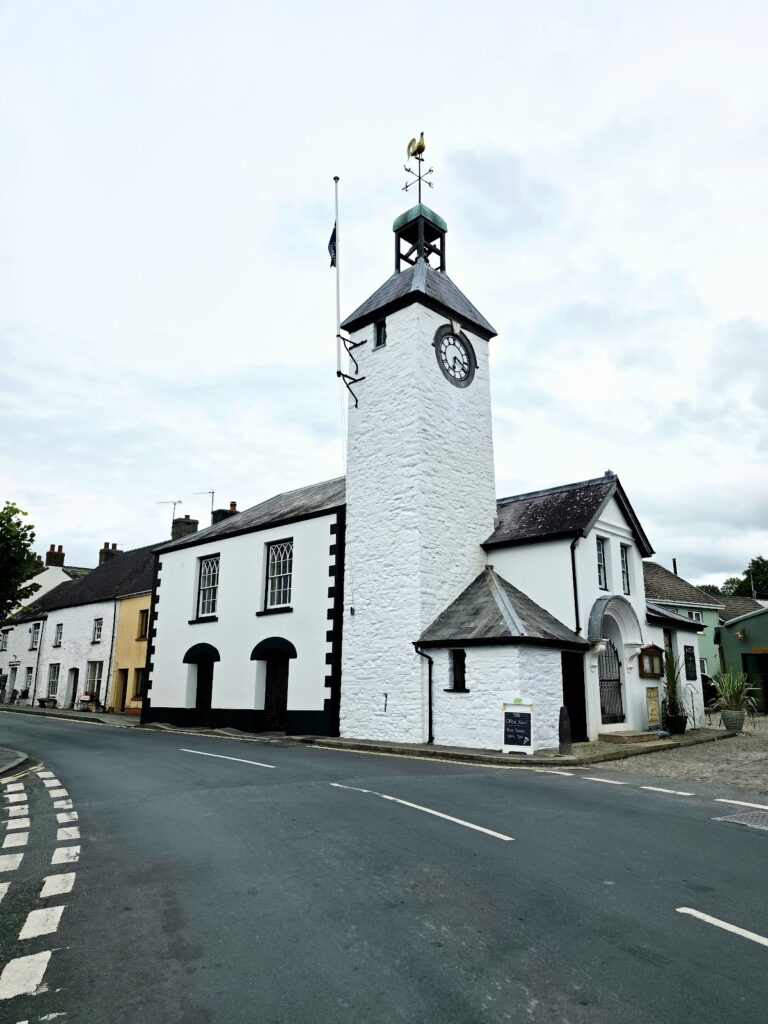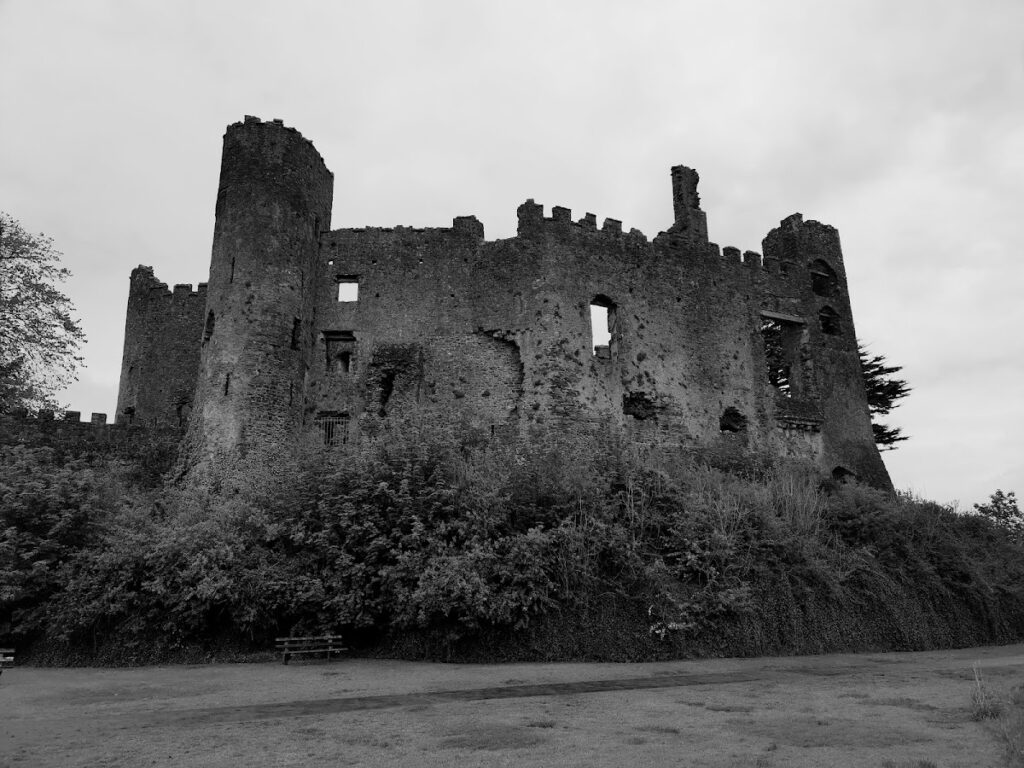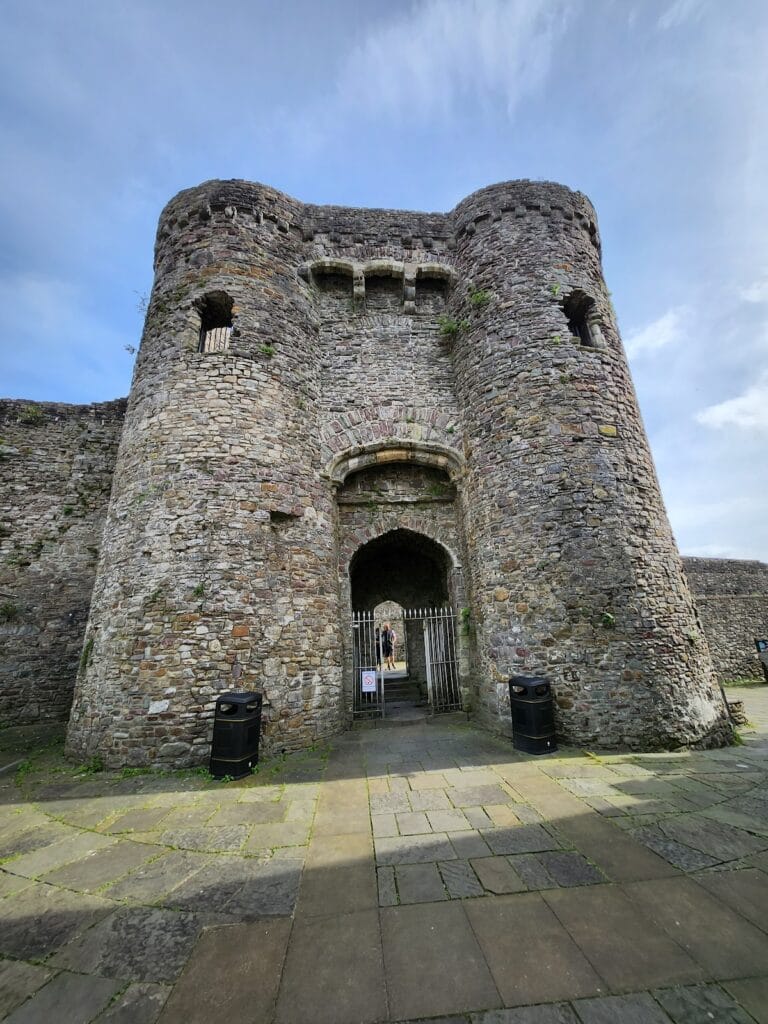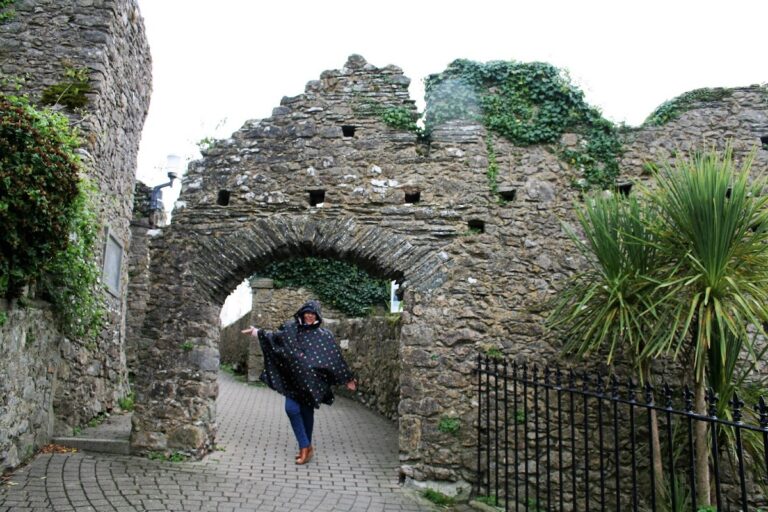Laugharne Castle: A Historic Norman and Tudor Fortress in Wales
Visitor Information
Google Rating: 4.6
Popularity: Medium
Google Maps: View on Google Maps
Official Website: cadw.gov.wales
Country: United Kingdom
Civilization: Unclassified
Remains: Military
History
Laugharne Castle, situated in the town of Laugharne in Wales, was originally constructed by Norman settlers in the early 12th century. It formed part of a network of castles designed to defend a crucial route through South Wales following the Norman invasion.
The castle’s earliest recorded establishment dates to 1116 when Robert Courtemain founded it and entrusted oversight to Bleddyn ap Cedifor, a Welsh ally. During the late 12th century, Laugharne became an important diplomatic venue; Henry II of England and Rhys ap Gruffudd, known as Lord Rhys, met there between 1171 and 1172 to discuss peace terms. After Henry II died in 1189, Rhys ap Gruffudd took control of the castle and may have set it ablaze in the process.
Following this, Norman forces rebuilt the stronghold, only to lose it in 1215 during Llywelyn the Great’s conquest of South Wales. By 1247, governance passed to the De Brian family, who undertook expansion and reinforcement projects. However, in 1257, Guy de Brian was captured by Llywelyn ap Gruffudd at Laugharne Castle, which was heavily damaged in the aftermath. The De Brians subsequently restored and strengthened the site as a stone fortress.
The castle saw action once more in 1403 amidst Owain Glyndôr’s Welsh uprising. Near the site, Glyndôr’s forces suffered a significant ambush, compelling his withdrawal and contributing to his eventual disappearance by 1415. In the late 16th century, Queen Elizabeth I granted the castle to Sir John Perrott, reputedly an illegitimate son of Henry VIII. Perrott transformed the medieval fortification into a Tudor-style mansion, adapting it for residential use.
During the English Civil War in 1644, Laugharne Castle initially supported Royalist forces before falling after a week-long siege led by Parliamentary commander Rowland Laugharne. Cannon fire inflicted substantial damage. After its capture, the castle was deliberately slighted—partly demolished—to forestall future military use.
In the 18th century, the castle remained a picturesque ruin as the surrounding landscape evolved. Around 1730, a Georgian-style residence named Castle House was constructed nearby, and the outer castle grounds were later arranged as formal gardens in the early 19th century. The site carries literary connections as well. During the 1930s and 1940s, Richard Hughes leased Castle House and wrote the novel In Hazard there, while the poet Dylan Thomas stayed with Hughes, working on Portrait of the Artist as a Young Dog within a garden gazebo overlooking the river.
From the mid-20th century, Laugharne Castle was officially recognized for its heritage importance, becoming both a Grade I listed structure and a scheduled ancient monument in 1966. It is presently preserved under the care of Cadw, the Welsh historic environment service.
Remains
Laugharne Castle’s ruins outline an evolution from an original earthwork fortification to a complex stone castle with later Tudor period adaptations. The site consists of an inner ward protected by curtain walls, multiple round towers, an outer ward once surrounded by timber and stone defenses, and a large gatehouse entrance.
Two substantial round towers on the north side survive from the late 13th century rebuild. The taller north-west tower functioned as a keep, guarding the southern gate in the curtain wall. This tower retains a distinctive domed roof and spans four stories with stone vaulted ceilings. Its interior was utilitarian, equipped with only a single fireplace and no latrines. The neighboring north-east tower, partially collapsed, rises three stories and formed part of the same defensive line.
Additional works from this period include the addition of extra storeys and a circular staircase within the towers, reflecting medieval military architectural trends. Along the south curtain wall, foundations remain of a hall first constructed in the 14th century and subsequently expanded during Tudor remodelling, though it did not survive the damage from the Civil War siege.
The castle’s south-west inner ward corner was heightened and further fortified in the mid-14th century. These modifications stand out due to the use of greenish stone, which contrasts visually with the earlier red sandstone found elsewhere, indicating different phases of construction and reinforcement. Alongside this, the inner gatehouse and adjacent tower were raised to enhance defense.
In the outer ward, the original 13th-century ring wall mostly gave way to an 18th-century garden wall enclosing formal gardens established during the Georgian and Regency eras. The gardens, restored in the 1990s, feature gravel paths, trimmed hedges, and rose beds, reflecting early 19th-century horticultural designs.
A notable feature within these grounds is a small, single-storey summerhouse built around 1830 atop the remains of a round tower in the outer ward. This structure, topped with a conical slate roof, served as a writing retreat for notable 20th-century literary figures Richard Hughes and Dylan Thomas. It contains a large window oriented toward the nearby river, offering scenic views.
The main entrance to the castle complex today is through a 16th-century gatehouse on the west side, erected during Sir John Perrott’s Tudor conversion to replace an earlier medieval gateway. Inside the inner ward are the ruins of residential buildings from the same period, including a large rectangular living block featuring a semi-circular external stair tower, indicative of Tudor domestic architecture within the castle’s defensive shell.
The castle grounds remain primarily level and accessible, with contemporary visitor parking situated a short distance away from the historic structures. The combination of medieval stonework and Tudor modifications creates a layered archaeological record, illustrating shifts in military needs, domestic comfort, and landscape use over nearly a millennium.
